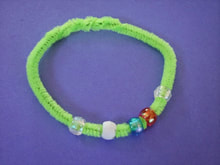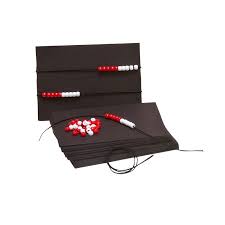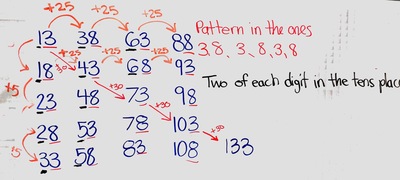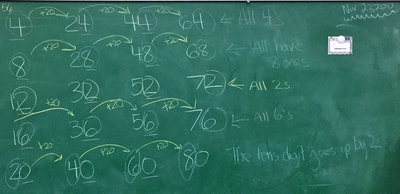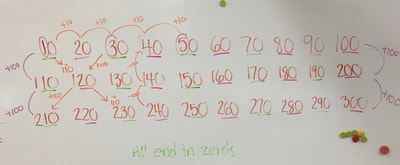What is Choral Counting?
Choral counting is basically exactly as it sounds. As a class, everyone counts out loud together in unison. This something many Primary teachers do all the time. I would argue that this is an under utilized but vastly important routine intermediate teachers can use. In her book Number Sense Routines, Jessica Shumway suggests Choral Counting, as a great strategy teachers can use to develop their students counting abilities and overall number sense. In this routine students hear spoken numbers in their stable order. One of the many reasons love this routine because it is inclusive and students all feel supported because they are not put on the spot if they don't know a number. Typically, I would do choral counts with students when we were learning a new way to count (e.g., by 2's, 3's, 25's) When starting a new count it is important to have the sequence of numbers visually available for your students either on a number line or in a grid (see photos below). Not only do these visual representations assist students in learning how to read/write the numerals, it also provides for a great discussion afterwards. The teacher can ask "What patterns do you see?" You will be surprised how many patterns and relationships your students will notice.
What is the learning?
Depending on your students' abilities there are many counts you could try including:
Additionally, students are developing their curricular competencies through:
- Forwards and backwards by 2's, 3's, 4's, 5's, 10's, 25's, 100's 200's, 250's
- Starting at random numbers beyond one (e.g. start at 7 and count by 5's)
- Counting by fractions (e.g., halves, thirds, tenths)
- Counting by decimals (0.1, 0.2, 0.3)
- Counting by minutes (e.g., 1:05, 1:10, 1:15)
Additionally, students are developing their curricular competencies through:
- communicating their thinking
- sharing and reflecting with classmates
- estimating
- predicting and analyzing the patterns involved
How do I engage my students in Choral Counting?
- To begin, it is important to share the learning intention with the students (e.g., Today we will be counting backwards by 2 starting at 98).
- Next I ask the students to take some thinking time and try to predict the first three numbers I am going to write down and give me a thumbs up when they know. If after several seconds you do not see many thumbs up, you may want to have the students pair and share some ideas.
- Following this I remind the students to stay together with the marker. As the class counts in unison the teacher will record the numbers on the board or on chart paper.
- Part way through it is important to pause. I ask students to take a few moments to see what they are noticing and then have them share this with a friend. I ask "Does what you are noticing help you predict the next three numbers?" I ask the students to share their reasoning. Then we continue on with the count.
- After counting the students are asked to look at the chart of numbers - "What patterns do you notice?" Using different coloured markers I record each pattern noticed. I am always impressed with the patterns and relationships the students see.
Supporting websites/videos/blogposts:
Teacher Education By Design (tedd.org/about/TEDD.org) - Created by the University of Washington designed to support teachers
You will need to register to access this free site full of amazing resources. Nested under the "Content Area" of Mathematics you will find links to the Choral Counting routine. In part one, the introduction, you will find everything you need to get you started, such as videos from various grades, and teacher info sheets. In part two, the planning section you will find templates and suggestions. Part three, enact, provides key resources you can use and part four, provides valuable reflection prompts.
Kristen Gray, author of MathMinds website, and a math educator in Delware, has created some outstanding videos showing what Choral Counting looks like at various grade levels. Here is another video Kristen recommends of a Grade Three class.
You will need to register to access this free site full of amazing resources. Nested under the "Content Area" of Mathematics you will find links to the Choral Counting routine. In part one, the introduction, you will find everything you need to get you started, such as videos from various grades, and teacher info sheets. In part two, the planning section you will find templates and suggestions. Part three, enact, provides key resources you can use and part four, provides valuable reflection prompts.
Kristen Gray, author of MathMinds website, and a math educator in Delware, has created some outstanding videos showing what Choral Counting looks like at various grade levels. Here is another video Kristen recommends of a Grade Three class.
